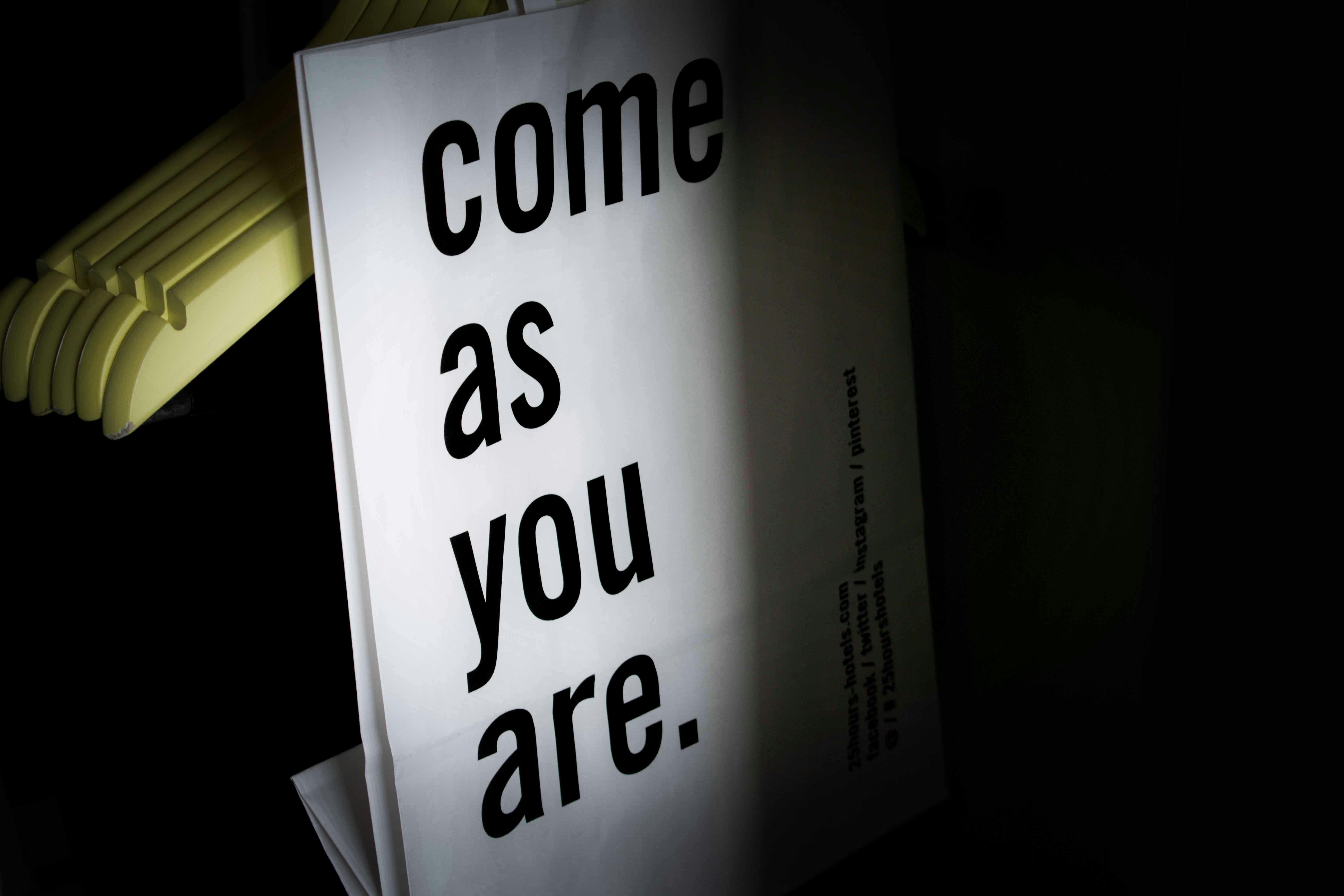Reader Questions: Could you explain the distinction between process, pattern, and content?
Sally sent me an email asking me to clarify the distinctions of Process, Pattern, and Content.
These three terms confuse both beginning and advanced NLP students, mainly the distinction between process and content.
I share my definition. Other trainers will VERY likely disagree. Adopt it if you find it useful.
Pattern
In the context of NLP, a pattern is a predictable unit of sequence of behavior.
Now what the hell does that mean?
Gregory Bateson defines the pattern as follows in Steps Toward an Ecology of Mind:
any set of events or objects (for example, a sequence of phonemes, a painting, a frog, or a culture) will be said to contain a “redundancy” or a “pattern” if the set can be divided in any way by a “slash “. mark” such that an observer who perceives only what is on one side of the slash can guess, with better success than chance, what is on the other side of the slash… Or, again from the point of Viewed from a cybernetic observe, the information available on one side of the slash will restrict, that is, reduce the probability of) wrong guesses.
Okay, now that we have the jargon and summary out of the way, let’s try this in English.
Let’s say you touch James’ hair and he gets mad. Hmmm, interesting… Then, you notice later that Tim touches James’s hair and he gets angry again. Wow, what’s going on here? On another occasion, Tara touches James’ hair and he gets angry again.
At this point, you have noticed a pattern. How can you know? Because you can almost accurately predict that every time someone touches James’ hair, he gets mad.
That is the structure of a pattern. Every time x happens, Y happens Every time someone touches James’s hair, James gets angry.
To use Bateson’s cut mark, it looks like this: someone touches James’s hair/James gets angry.
Now if you watched only half of the movie (someone touching James’s hair) and stopped it, you could accurately predict the second half of the movie (James getting angry).
You are surrounded by patterns. The chorus of a song is a pattern, which you can predict over and over again. You probably brush your teeth and dry your body after your shower in a pattern, knowing exactly what comes after each stroke.
Every time x happens, Y happens
Process vs Content
Now to the fight! Here we go…
If John Grinder were talking to you, he would no doubt argue that this IS the distinction of NLP in therapy.
Again, let’s look at an example to make this more obvious than Leonardo DiCaprio walking through Uganda.
Karl needs therapy, according to him. The reason for this, he tells you, is that his father beat him when he was a child.
This last piece of information is the content.
A psychotherapist trained in most modalities will likely dig into the content to deliver an intervention. This would involve exploring Karl’s relationship with his father, reliving some of the beatings, trying to understand why his father hit him the way he did, etc.
Enter the therapist trained in NLP.
This therapist will explore how Karl represents the problem situation. In other words, what does Karl do to feel bad? Does he take photos? Does he speak to himself? Does he hear certain voices? Does he experience kinesthetic sensations?
Once you have identified Karl talking to himself and then feeling bad, the therapist will explore HOW SPECIFICALLY he talks to himself. How loud is the voice? Where in space does it come from?
The therapist will then guide Karl in changing the way he talks to himself. He will lower the volume. He will move the voice in space. He will speed up the voice. He will change tune. All the way until Karl realizes that he doesn’t feel bad anymore when he continues to say the exact same things to himself that he used to say.
In other words, Karl is now processing the content differently.
Therapists trained in NLP can perform an intervention on a client who is absolutely blind to the content, that is, having no idea what the problem is. You can read many examples of this in Frogs Into Princes.
So happy is what happens process it is the way we represent what happens.
Summing it all up
There you go. Process, Pattern and Content.
Process: The way we represent what happens.
Pattern: Whenever x happens, y is most likely to happen.
Content: What happens.
Simple, huh?




